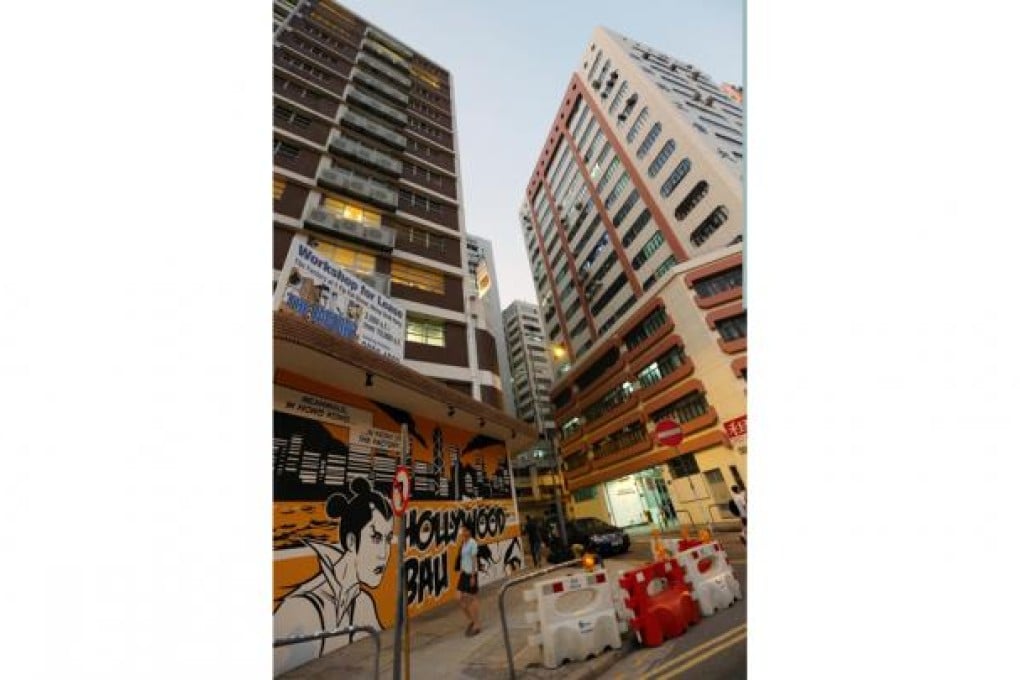Why Hong Kong needs an entirely new approach to industrial property
Vacancy rates for the city's industrial property stands at 1 per cent, the lowest of any sector. But little is being done to address the problem

The main focus of last week's policy address was on increasing residential land supply, which was entirely expected as much of the government's activity and key policy announcements have been directed towards the residential market.

The industrial sector is often associated with manufacturing, and this is used to downplay the need for industrial space, given Hong Kong's diminished manufacturing base. But the reality is very different.
Demand for industrial space today is mainly for logistics facilities, light industry and back office/cheap office locations, as well as specialist factory operations and rapidly growing data centre developments.
Older, flatted factories provide a platform for SME activity, with many such businesses having roots in Hong Kong's heritage as a trading centre. In the case of garment and electronics manufacturing, while large-scale manufacturing has moved offshore, many operational functions including sales, design, and marketing, remain in Hong Kong, and a squeeze on space in these locations is driving up rents and impacting margins for SMEs in an already challenging macro-economic environment.
Without entering into the merits of increasing residential supply as a means to ease price growth, it is disappointing that great emphasis was placed on the rezoning of existing industrial space or industrial land for residential use. While the final impact on the residential market may be unclear, what is certain is that it further reduces the supply of industrial space in a market already close to full occupancy.